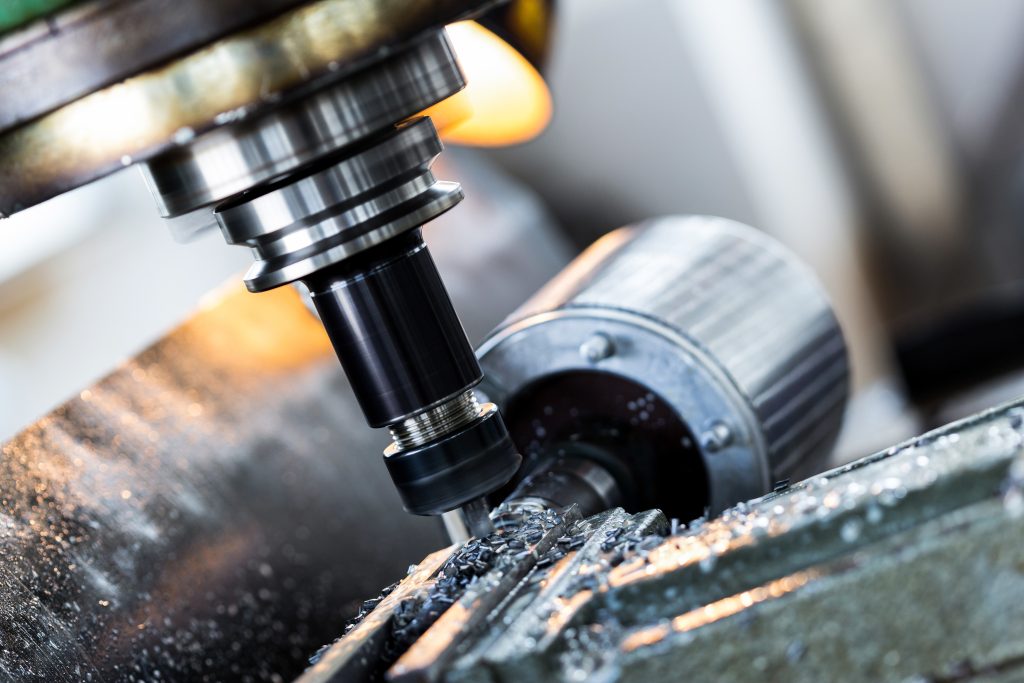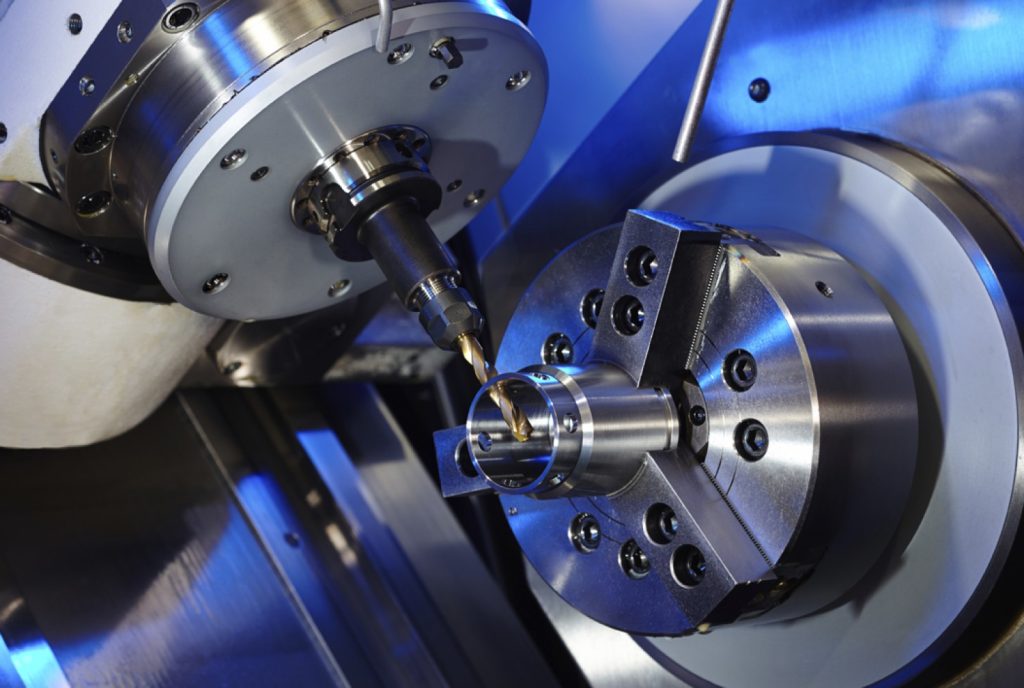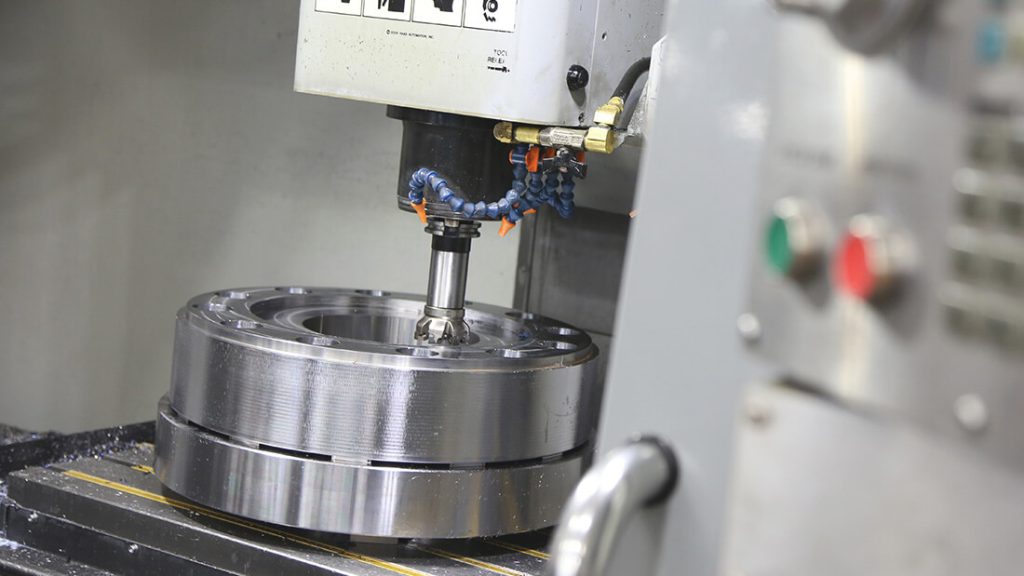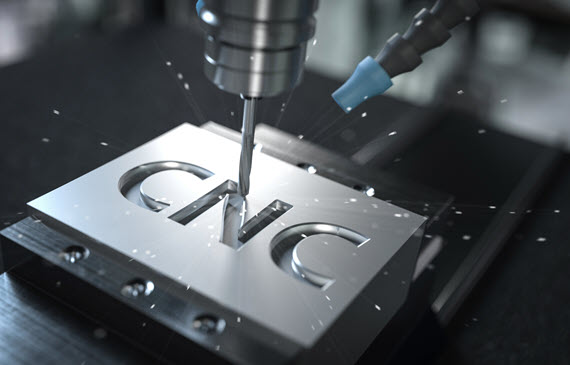ⅠIntroduction
CNC precision machining is a manufacturing process that uses computer-controlled machines to create precise and complex parts and components. In this section, we will define CNC precision machining and provide a brief history of its development.
Definition of CNC Precision Machining:
CNC precision machining refers to the use of computer-controlled machines to manufacture precise and complex parts and components. CNC stands for “Computer Numerical Control,” which means that the machines are controlled by a computer program that follows specific instructions to cut and shape the material into the desired form.
Brief history of CNC Precision Machining:
The development of CNC precision machining can be traced back to the 1940s and 1950s, when the first numerical control machines were invented. These early machines used punched cards to control the movements of the cutting tools, but they were limited in their capabilities.
In the 1960s, the development of computer technology led to the development of more advanced CNC machines that could be programmed using computer software. Since then, CNC precision machining has continued to evolve and improve, with advancements in both the hardware and software used in the process. Today, CNC precision machining is a critical part of modern manufacturing, used in industries ranging from aerospace to electronics to medical devices.
Ⅱ CNC Precision Machining Process
CNC precision machining involves a series of steps that use computer-controlled machines to cut and shape raw materials into precise and complex parts and components. In this section, we will provide an overview of the CNC precision machining process and the steps involved.
Overview of the CNC Precision Machining process:
The CNC precision machining process typically involves the following steps:
1.Design: The first step in CNC precision machining is to create a design for the part or component using computer-aided design (CAD) software.
2.Programming: Once the design is complete, the next step is to program the CNC machine to follow the instructions in the design. This is done using computer-aided manufacturing (CAM) software, which translates the design into a series of instructions that the CNC machine can follow.
3.Set-up: The next step is to set up the CNC machine with the appropriate cutting tools and fixtures to hold the raw material in place.
4.Cutting: Once the machine is set up, the cutting process begins. The CNC machine follows the instructions in the program to cut and shape the material into the desired form.
5.Inspection: After the cutting process is complete, the finished part or component is inspected for accuracy and quality.
6.Finishing: Depending on the application, the finished part or component may require additional finishing processes, such as polishing or coating.
Steps involved in CNC Precision Machining:
The specific steps involved in CNC precision machining can vary depending on the complexity of the part or component being manufactured. However, the basic steps typically include:
1.Creating a design using CAD software
2.Programming the CNC machine using CAM software
3.Setting up the machine with cutting tools and fixtures
4.Cutting the raw material into the desired shape using the CNC machine
5.Inspecting the finished part or component for accuracy and quality
6.Finishing the part or component as needed

Ⅲ Advantages of CNC Precision Machining
CNC precision machining offers a number of advantages over traditional manufacturing methods. In this section, we will discuss some of the key advantages of CNC precision machining.
- Increased precision and accuracy:
CNC machines are able to cut and shape materials with extremely high precision and accuracy, far beyond what is possible with traditional manual methods. This allows for the creation of complex parts and components with tight tolerances and exact specifications. - Faster production times:
CNC machines are able to work much faster than manual methods, which can significantly reduce production times. This is particularly important for high-volume manufacturing where speed and efficiency are critical. - Consistency and repeatability:
Because CNC machines are computer-controlled, they are able to perform the same tasks with the same level of precision and accuracy every time, ensuring consistency and repeatability in the manufacturing process. - Reduced labor costs:
CNC machines are able to perform tasks that would normally require skilled labor, which can help reduce labor costs and make manufacturing more cost-effective. - Greater design flexibility:
CNC precision machining allows for greater design flexibility, as the computer program can be easily modified to create different parts and components without the need for expensive tooling changes.
Overall, CNC precision machining offers a number of advantages that make it an attractive option for modern manufacturing.
Ⅳ Materials Used in CNC Precision Machining
CNC precision machining can be used to work with a wide range of materials, including metals, plastics, composites, and others. In this section, we will discuss some of the most commonly used materials in CNC precision machining.
- Metals:
Metals are some of the most commonly used materials in CNC precision machining. Aluminum, steel, and titanium are particularly popular due to their strength, durability, and relatively low cost. Other metals used in CNC machining include brass, copper, and various alloys. - Plastics:
Plastics are also commonly used in CNC precision machining, particularly in industries such as electronics and aerospace where lightweight materials are important. Popular plastics used in CNC machining include acrylic, polycarbonate, and nylon. - Composites:
Composites are materials made up of two or more different materials, such as carbon fiber reinforced polymers (CFRP). These materials are often used in aerospace and automotive applications where high strength and low weight are important. - Others:
Other materials used in CNC precision machining include wood, ceramics, and even some types of glass.
Overall, the range of materials that can be used in CNC precision machining is vast, making it a versatile manufacturing process for a wide range of industries and applications.

Ⅴ Applications of CNC Precision Machining
CNC precision machining is used in a wide range of industries and applications. In this section, we will discuss some of the most common applications of CNC precision machining.
- Aerospace and aviation:
CNC precision machining is widely used in the aerospace and aviation industries to create complex and precise components for aircraft engines, landing gear, and other critical systems. The high precision and accuracy of CNC machines make them particularly well-suited for these applications. - Automotive:
The automotive industry also relies heavily on CNC precision machining to produce a wide range of components and parts, from engine blocks and cylinder heads to suspension components and brake rotors. - Medical devices:
CNC precision machining is also used in the production of medical devices, where precision and accuracy are critical. Parts and components produced through CNC machining are used in surgical tools, implants, and other medical devices. - Electronics:
The electronics industry also makes extensive use of CNC precision machining to create complex parts and components for electronic devices. CNC machines are able to create tiny, intricate parts with high precision and accuracy, making them ideal for this industry. - Architecture and construction:
CNC precision machining is increasingly being used in architecture and construction to create complex, custom-designed components and structures. CNC machines are able to work with a wide range of materials, allowing for greater design flexibility and creativity. - Others:
Other applications of CNC precision machining include the production of industrial machinery, furniture, and even musical instruments.
Overall, CNC precision machining is a versatile manufacturing process that is used in a wide range of industries and applications.
Ⅵ CNC Programming and Software
CNC programming is the process of creating instructions that tell a CNC machine how to produce a part or component. In this section, we will discuss the basics of CNC programming and the types of software used in CNC precision machining.
- Overview of CNC programming:
CNC programming involves creating a set of instructions that tell a CNC machine how to move its cutting tools to produce a part or component. These instructions typically include information about the location of the cutting tool, the speed and direction of its movement, and other details. - Types of CNC software:
There are several types of software used in CNC precision machining, including CAD (computer-aided design) software, CAM (computer-aided manufacturing) software, and CNC machine control software. CAD software is used to create the 3D models of parts and components, while CAM software is used to create the CNC tool paths that will be used to produce those parts. CNC machine control software is used to manage the operation of the CNC machine itself. - Advancements in CNC programming and software:
Advancements in CNC programming and software have made it easier and faster to create complex parts and components with high precision and accuracy. For example, some CAD software now includes features that automatically optimize designs for CNC machining, while CAM software can automatically generate tool paths based on the geometry of the part. Additionally, some CNC machines now include advanced features like real-time monitoring and automated tool changing, which can further increase efficiency and accuracy.

Ⅶ Future of CNC Precision Machining
In this section, we will discuss the potential advancements in technology and equipment in CNC precision machining, the potential impact on the manufacturing industry, and sustainability and environmental considerations.
- Advancements in technology and equipment:
Advancements in technology and equipment in CNC precision machining are constantly being made, and this trend is expected to continue in the future. This includes advancements in the accuracy and precision of machines, as well as the development of new materials and coatings that can be used in CNC machining. Additionally, the use of artificial intelligence and machine learning is expected to become more prevalent in CNC precision machining, allowing for even greater efficiency and accuracy. - Potential impact on manufacturing industry:
The continued advancement of CNC precision machining technology and equipment is likely to have a significant impact on the manufacturing industry. This includes the potential for increased efficiency and productivity, as well as the ability to create more complex and sophisticated parts and components. However, it may also lead to a shift in the types of jobs available in the manufacturing industry, with a greater focus on highly skilled technicians and engineers. - Sustainability and environmental considerations:
As the world becomes more focused on sustainability and environmental considerations, CNC precision machining is likely to play an important role. This includes the development of new materials and processes that are more sustainable and environmentally friendly, as well as the adoption of recycling and waste reduction practices in the manufacturing process. Additionally, the use of CNC precision machining in industries like aerospace and automotive can contribute to the development of more fuel-efficient and environmentally friendly vehicles.
Ⅷ Conclusion
In this article, we have covered the basics of CNC precision machining, including the process, materials used, applications, programming and software, as well as future trends and advancements. We have also discussed the advantages of CNC precision machining, such as increased precision and accuracy, faster production times, and greater design flexibility.
Furthermore, we have explored the importance of CNC precision machining in modern manufacturing, particularly in industries such as aerospace, automotive, medical devices, and electronics. We have also highlighted the potential impact of CNC precision machining on the manufacturing industry and the future of the technology, including the adoption of new materials and sustainability considerations.
Overall, CNC precision machining plays a crucial role in modern manufacturing, providing a high level of precision and accuracy while also increasing efficiency and productivity. As technology and equipment continue to advance, we can expect to see even greater benefits from CNC precision machining in the future.













